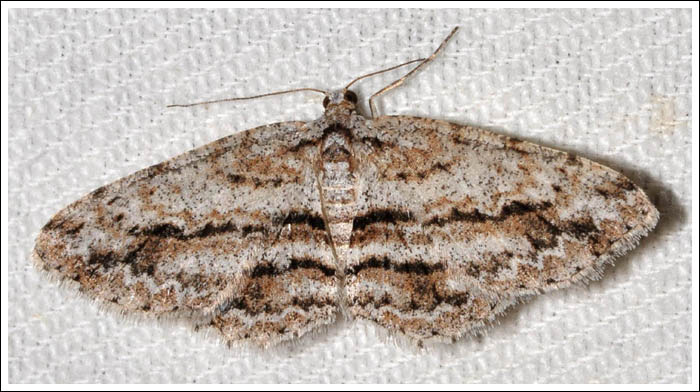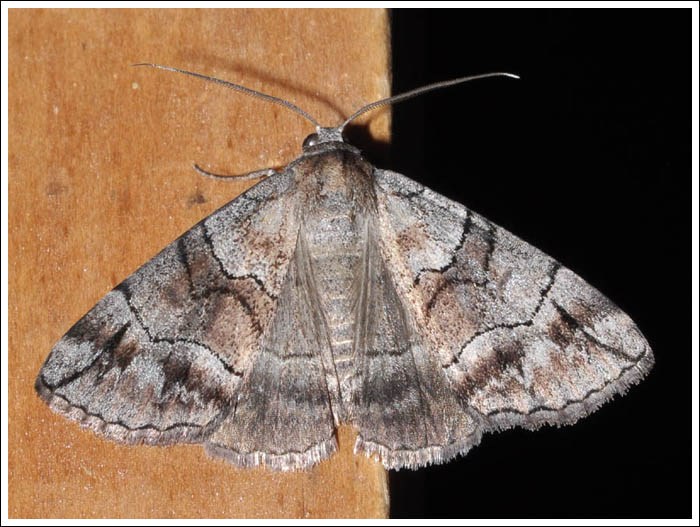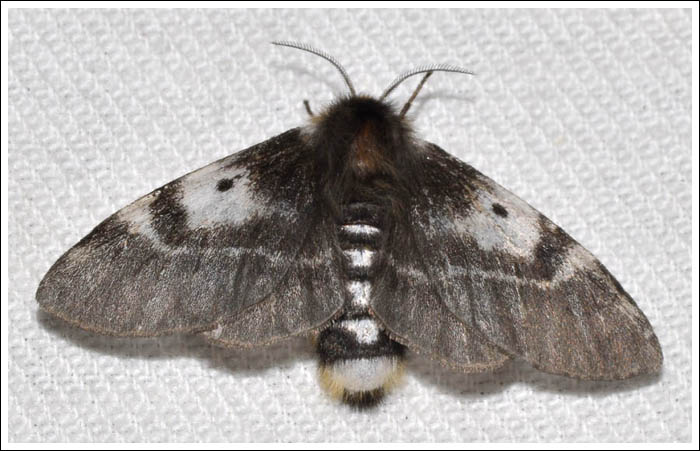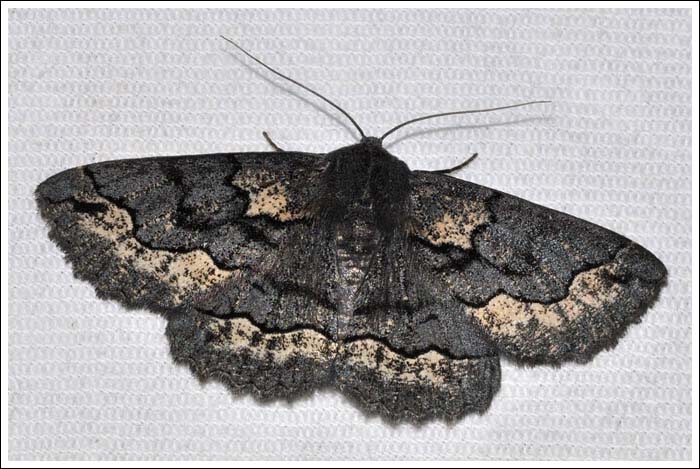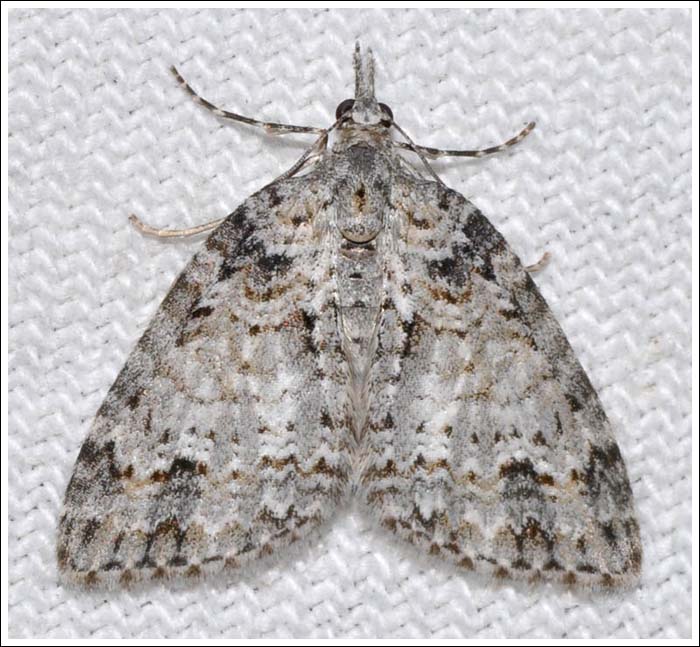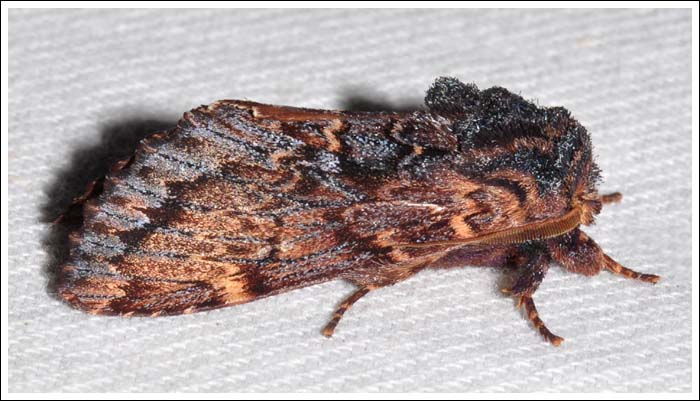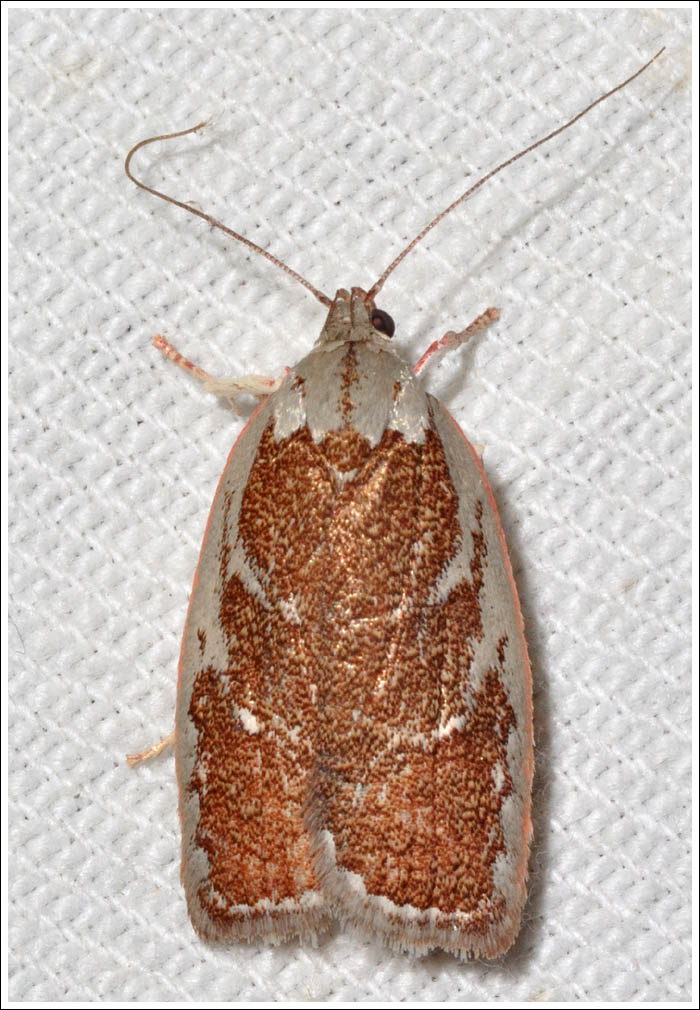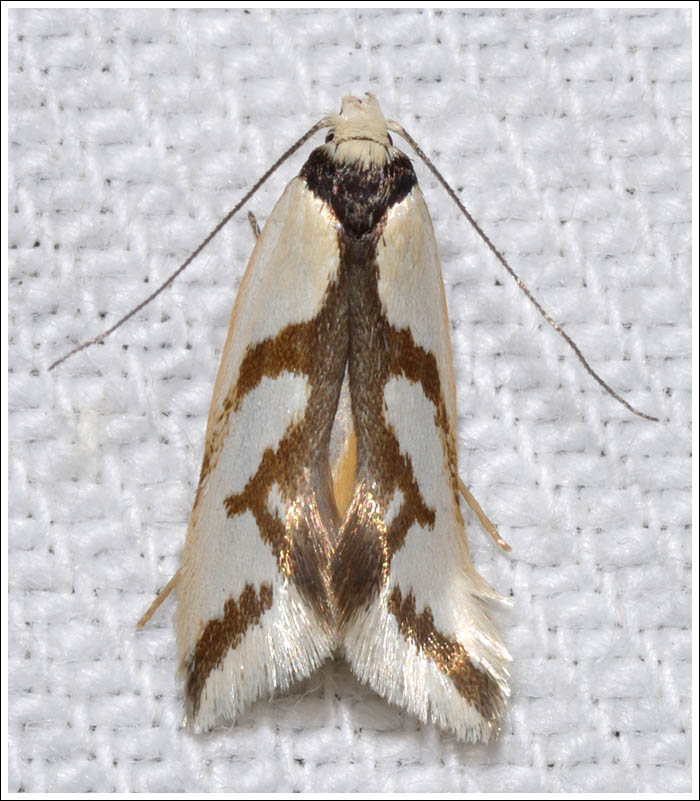The first bush session for this spring was in the tall forest beside Gladstone Creek, the same location where the last autumn session was held. In contrast to that occasion moths and other insects were numerous, a good sign. Scarab beetles bombarded the sheet for the first hour before settling down, small winged insects were in large numbers, and finally moths started to arrive. Geometrids were the most numerous on the night, Footmen and other small species were also in good numbers, with a Shepherd’s Footman, Termessa shepherdi (Lithosiinae) one of the first in.
There is nearly always something new to see, and that was the case on this occasion with some new records made. One was this White-spotted Carpet, Eccymatoge callizona, (Larentiinae) that took up residence on an overhanging Pomaderris shrub.
Another was a Thick-lined Bark Moth, Didymoctenia exsuperata, (Boarmiinae)
Two Dysbatus, (Nacorphorini)
D. stenodesma.
And Dysbatus MOV Sp(1)
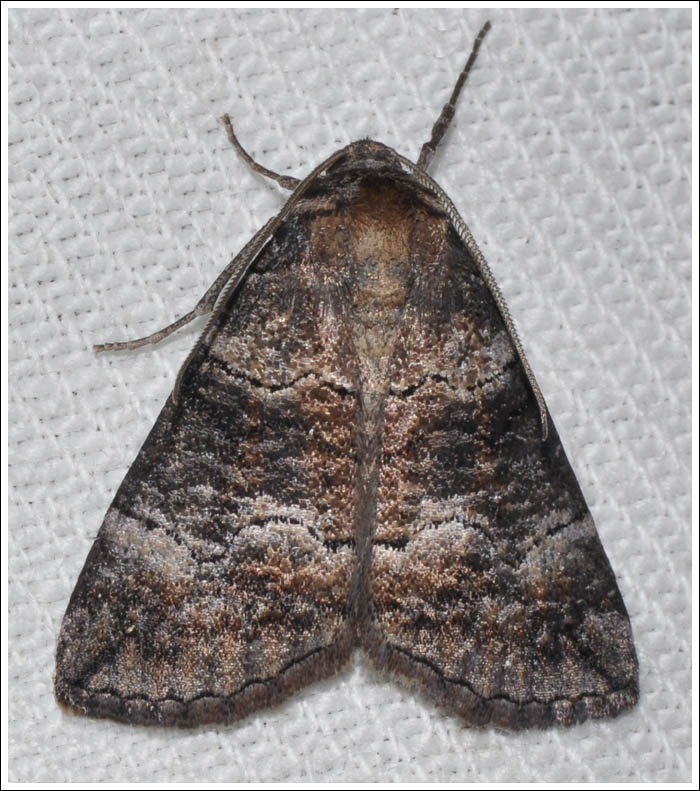
Several species of Emerald came in, Chlorocoma assimilis (Geometrinae) among them.
Another moth in the Geometrinae, Rhuma MOV Sp(3)
A female Nataxa flavescens was one of three species of Anthelid.
Another Footman, the Variable Halone, Halone sejuncta, (Lithosiinae) on the Pomaderris.
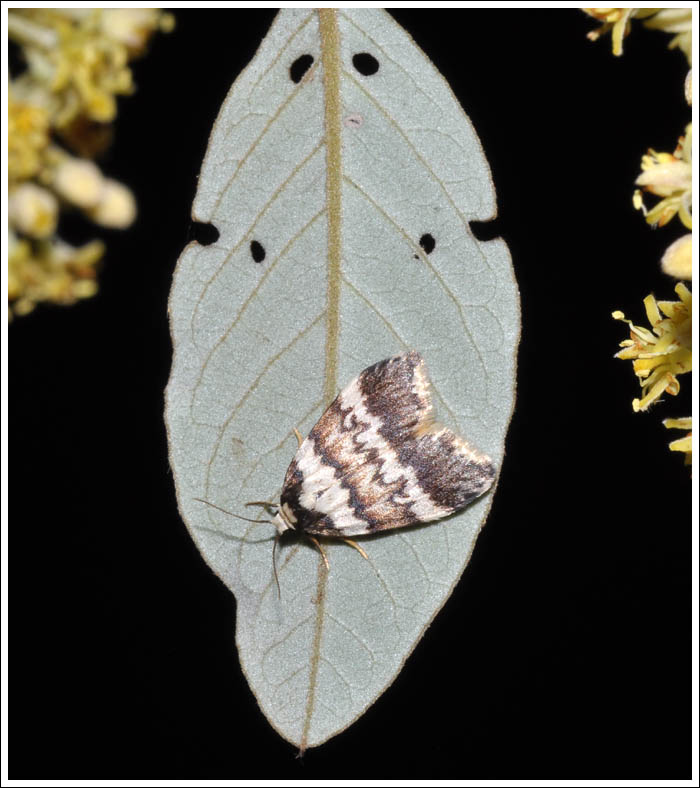
A small Oecophorid, Barea bathrochorda.
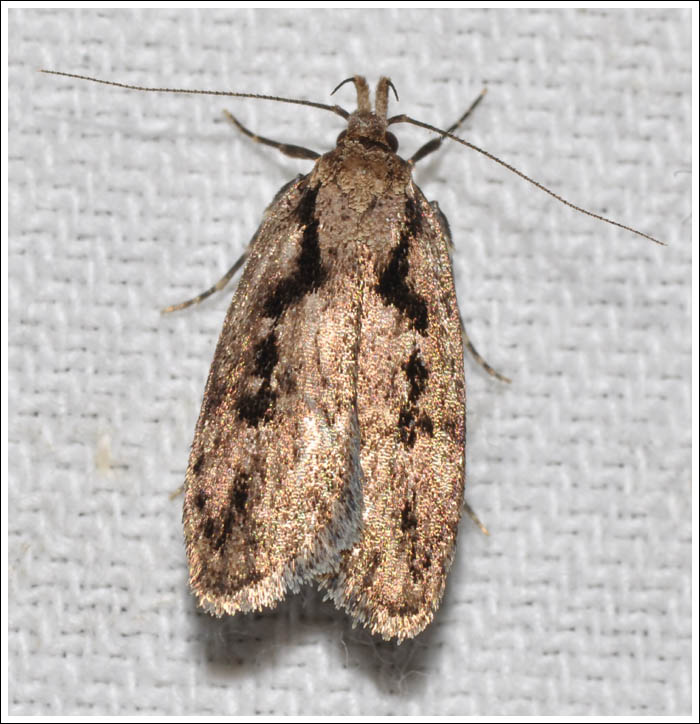
A Tortricid, Anisogona similana.
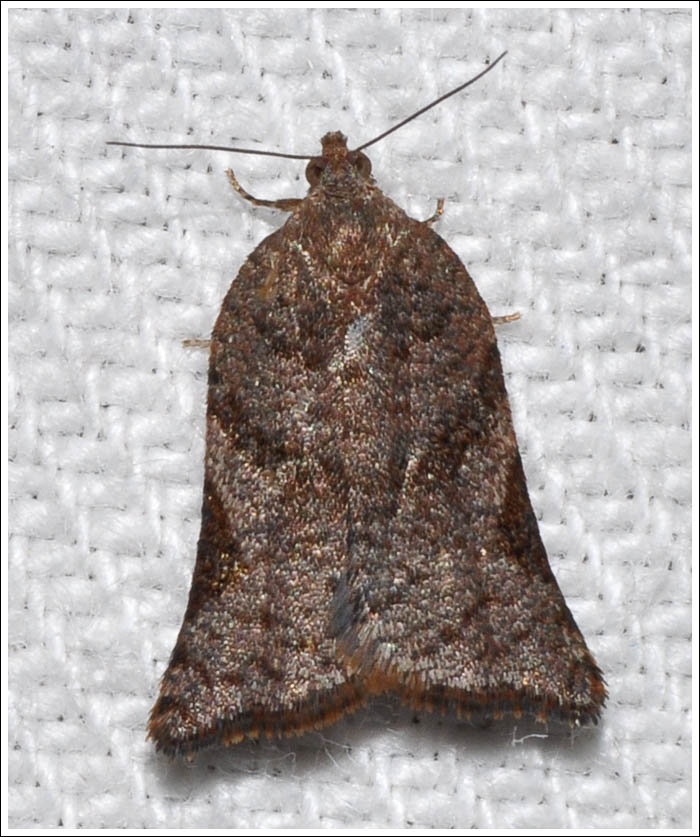
And a Flat-bodied Moth, Enchocrates glaucopis, (Depressariidae) with a small speckled Tortricid friend.
More moths from the session can be seen here.
Some images will enlarge.
References and further reading,
Moths of Victoria series,
Australian Moths



